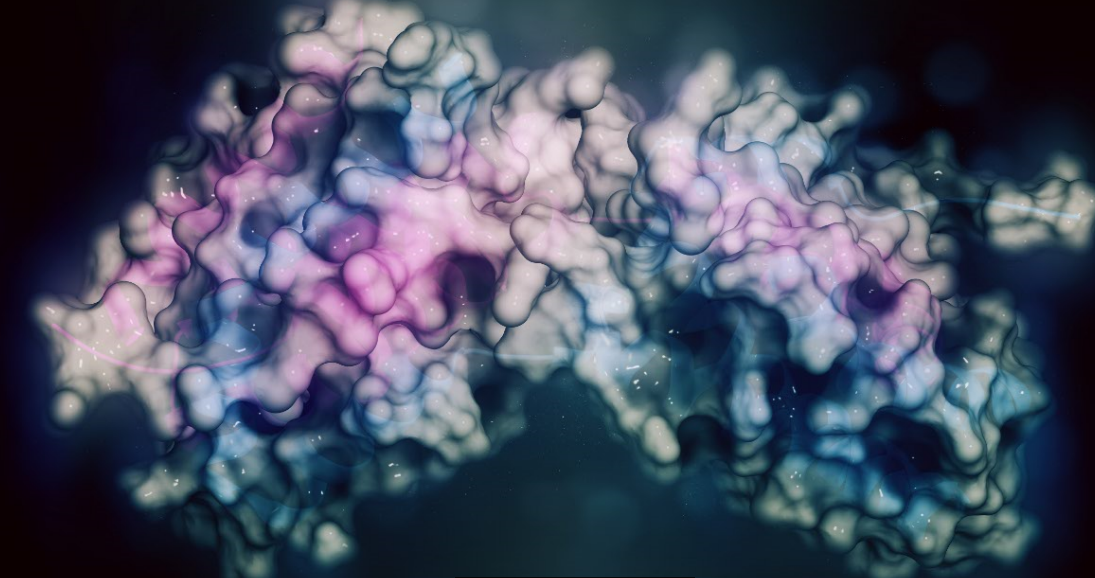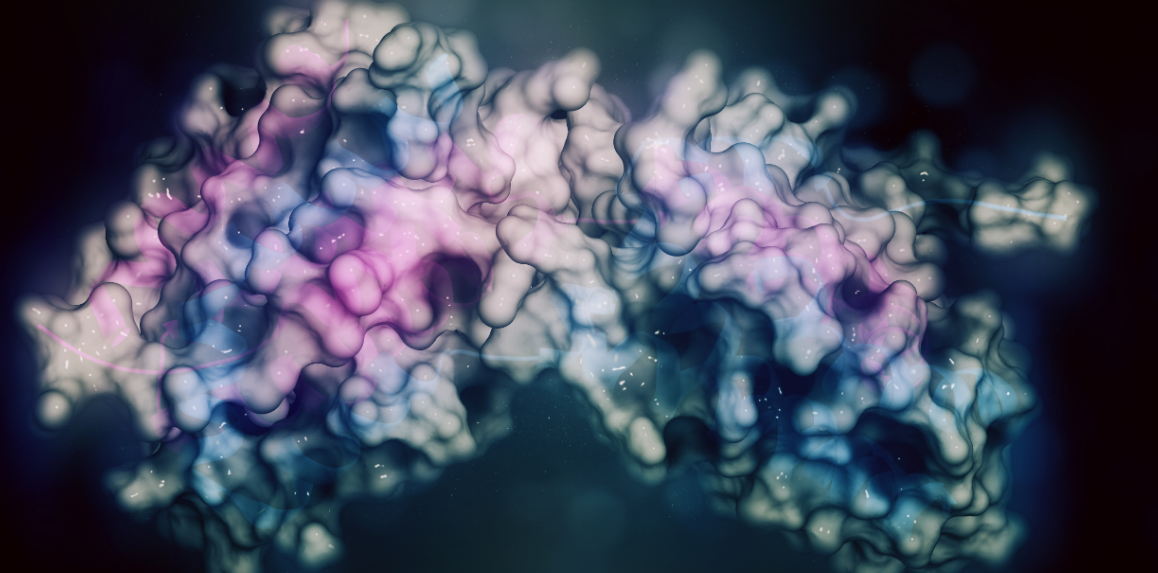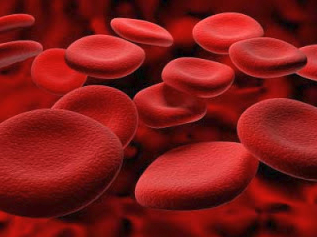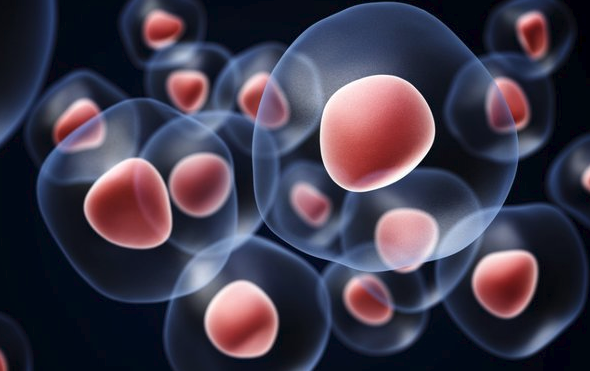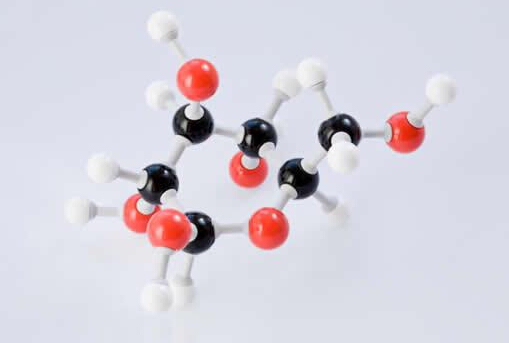Novel neuropeptide may hold clues to the risk of obesity and diabetes
Obesity is a chronic, multidimensional problem which is being increasingly seen in younger patients. Besides obesity is becoming an epidemic in industrialized countries and is continuing to increase in developing …

